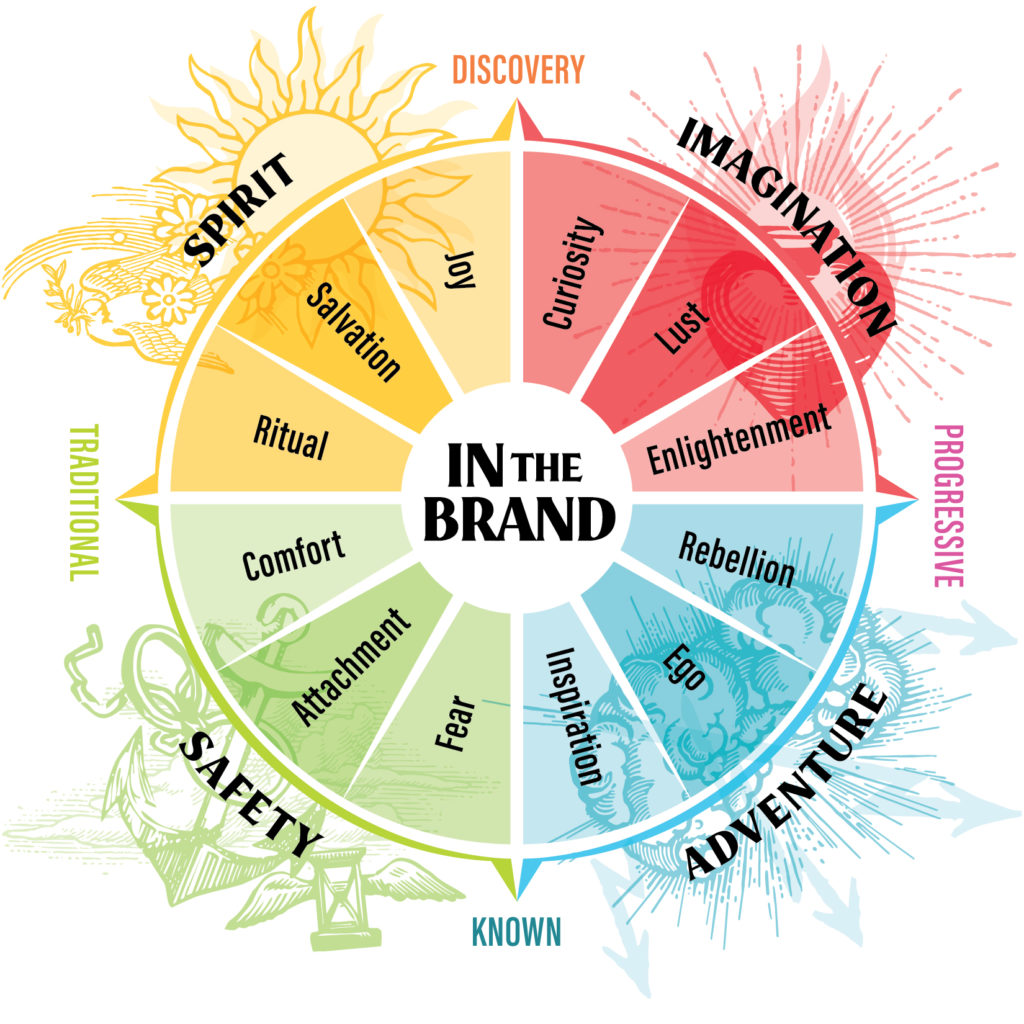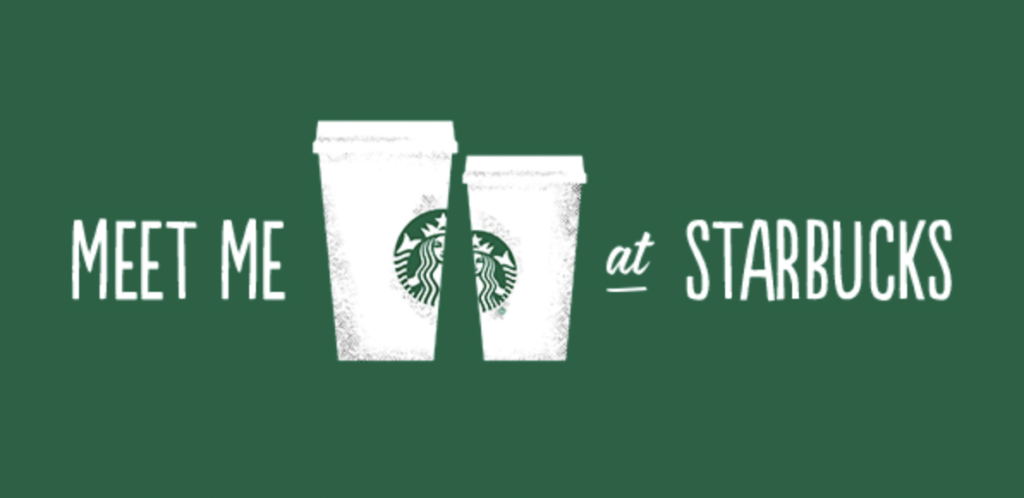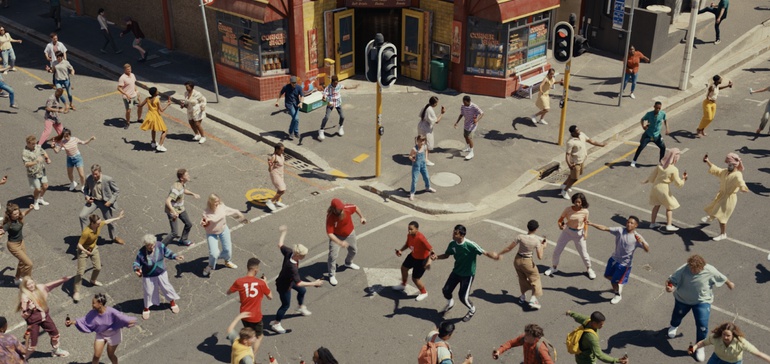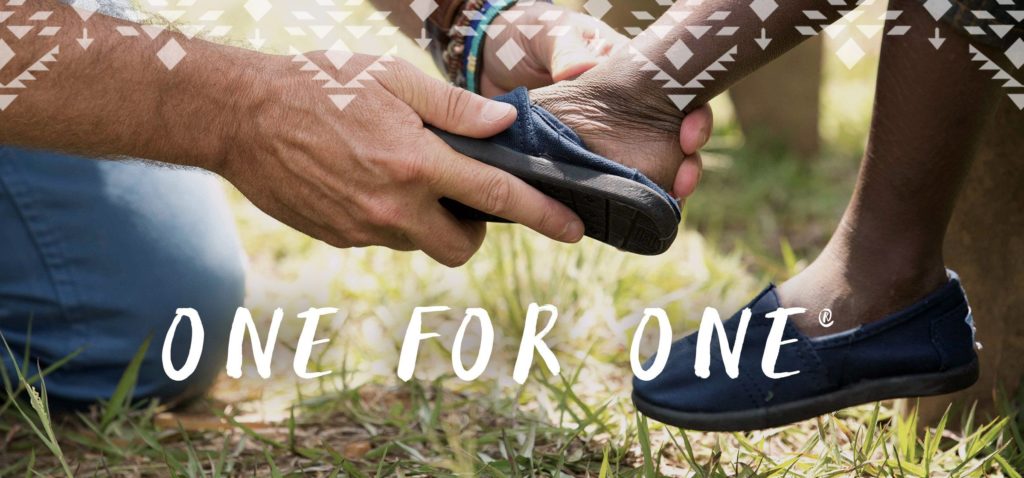
Brands are influencing you. They make you think, make you smile, make you change your mind. They’re masterminds of emotional manipulation. Whether they make us laugh or cry, they keep us coming back for more.

We’ve already explored Adventure Brands and Imagination Brands. This month, we’re diving into Spirit Brands. What are Spirit Brands and how do they use emotions to draw us in?

Spirit: the vital principle or animating force within all living things; the emotions, character, essence of a person or thing.
Spirit is a multi-faceted brand-feel. It’s a deeply felt emotion that can be difficult to verbalize.
• It refers to the feeling of belonging and excitement that you get when you’re part of something bigger than yourself (think school spirit or being in high spirits).
• Spirit also transcends into the metaphysical, referring to a feeling of being in contact with the authentic essence of something, tapping into a force that exists in all beings (think spirit guides or communing with spirits).
• Spirit brands create an atmosphere of belonging, happiness, compassion and possibility.
Spirit Brands exist at the Traditional-Discovery intersection of the Perception Axes.
• They take a traditional position while offering an experience filled with discovery.
• These brands are often grounded in traditional craft, but at the same time seek to help their followers discover new emotions and ideas to expand their lives.
Because Spirit Brands are rooted in tradition, they are typically Artisan brands. Artisans are committed to craft, drawing attention to their historical background and expressing a down-to-earth, personalized ethos.
Spirit Brand Example: Jack Daniel’s
Jack Daniel’s logo and bottle label hasn’t changed much since the 1950’s, and their traditional position is right there in the name: Jack Daniel’s “old time.” They pride themselves on their 150 year history and whiskey making expertise, leaning into the classic Americana aesthetic.
But the Jack Daniel’s experience is anything but stuffy. It’s all about discovering who you are. Their current campaign is that Jack gives you the courage to do what you’ve always wanted to do– hang up on your boss, buy drinks for the whole bar. It’s about accessing your true spirit and stepping into who you were meant to be. Their new tagline “Make It Count” taps into a sense of possibility and transcendence. We’re all worried about wasting our lives. Jack Daniel’s is selling us the idea that with their whiskey, we won’t lose out.
Jack Daniel’s has an established, classic position coupled with the promise of a new and extraordinary experience. They’re selling more than whiskey. It’s a way to revive your soul and free your spirit.

Spirit Brands play on our need for transcendence and belonging. They invite us to be part of something bigger than ourselves and to tap into our authentic selves. They ask us to look for the beauty in the everyday, the extraordinary in the ordinary. They do this by tapping into three main emotional motivators: ritual, salvation and joy. When we engage with Spirit Brands, we’re engaging with a world of vitality and hope. We can’t help but smile.
Successful Spirit Brands correlate their product or service with achieving a desired feeling, providing an emotional incentive that proves much more powerful and memorable than the offering alone. Let’s look at three examples of campaigns created by Spirit Brands that play on these powerful emotions.
1. Ritual: Everyday Miracles
What it is: A series of actions or type of behavior regularly and invariably followed by someone.
Why brands use it: Ritualizing brand experience makes every interaction highly memorable. It takes a simple act of consumption into a much more meaningful realm. The things we do everyday to wake up, cheer up, or unwind are deeply special to us, meaning brands that successfully utilize ritual are accessing an extremely loyal audience that consistently comes back.
How to tap into it: We all have habits and routines that affect our mood. Brands must align their offering with a ritual that’s meaningful but also broad enough to resonate with a wide range of consumers. But adoption isn’t fast. Rituals are only built up over time. Consistent brand presentation and repeated association of product with desired emotional result are critical for building ritualized consumption. It’s a long game with big payoffs.

EXAMPLE:
Brand: Starbucks
Campaign: Meet Me at Starbucks
Starbucks’ huge success rests on its role as a “3rd place,” a setting outside of work and home where people can get together. Starbucks prides themselves on a commitment to the craft of coffee, but the whole Starbucks experience isn’t really about coffee– it’s about finding a place where you can feel good, everyday.
Starbucks’ 2014 campaign “Meet Me at Starbucks” expresses this concept beautifully. Filmed at 28 different Starbucks locations around the world in one day, it shows all of life’s moments, from business meetings to marriage proposals, happening at the coffee shop. “Everyday good things happen when we get together,” the ad tells us. It elevates Starbucks from much more than just the place where we get our daily caffeine– it’s the place where we live our lives. It’s also a reminder that Starbucks transcends space and culture. Whether you’re in Tokyo or Cleveland, Starbucks is part of your everyday. This feeling of ritualized coming together sets Starbucks apart from the many other coffee offerings on the market, inspiring a deep sense of brand loyalty.
2. Joy: Can’t Stop Smiling
What it is: A feeling of great pleasure and happiness.
Why brands use it: Joy is a powerful motivator. It’s instantly gratifying, uncontroversial and universally desired. It doesn’t promise anything long term, but it’s a quick burst of positivity that we crave to get ourselves through the day. People want to feel good. They will gravitate towards brands that make them smile and willingly return for more.
How to tap into it: Brands often use humor to tap into joy. If we see simply someone else happy, we might feel jealous that we aren’t in such a good mood. But humor allows us to join in, instantly brightening the moment.

EXAMPLE:
Brand: Coca-Cola
Campaign: Open That Coca-Cola
From the original “I’d like to buy the world a coke” campaign in 1971 up until today, Coke has always been about joy. Having a coke uplifts your day.
Coke’s latest campaign pumps up the joy level. The ad is saturated in bright colors, big smiles and lots of dancing, meant to “describe the indescribable feeling of drinking a coke.” There aren’t even any words in this ad– it’s pure emotion. Joy isn’t something we rationally talk about, it’s something we feel. This campaign celebrates the happy experience of taking the first sip of that ice cold Coke. Using the universal language of dance and music, it’s a shot of happiness that makes us smile, and pulls us back to re-engage.
3. Salvation: Do Something Good
What it is: Preservation or deliverance from harm, ruin, or loss.
Why brands use it: We’re constantly bombarded by bad news. With the social, environmental and economic issues facing us, it’s easy to feel overwhelmed and despaired. Brands offering salvation from these challenges by making us feel like we’re proactively fighting against them occupy a powerful place in society. Tapping into salvation gives brands access to an impassioned and loyal audience, forging a cause based connection that’s much deeper than their offering alone.
How to tap into it: Brands often use humor to tap into joy. If we see simply someone else happy, we might feel jealous that we aren’t in such a good mood. But humor allows us to join in, instantly brightening the moment.Brands often use humor to tap into joy. If we see simply someone else happy, we might feel jealous that we aren’t in such a good mood. But humor allows us to join in, instantly brightening the moment.

EXAMPLE:
Brand: TOMS Shoes
Campaign: For One Another
TOMS Shoes popularized buy one, give one marketing with their “one for one” program. For every pair of TOMS shoes you buy, the company would donate a pair to a child in need of shoes. The approach made the brand hugely popular, clearly differentiating them from the many other shoe options on the market. They weren’t just selling shoes, they were selling the chance to make someone’s life better. Wearing TOMS was not just a fashion statement, it became a mark of moral character. Their “For One Another” campaign depicts all the wearers of TOMS as an interconnected community, dedicated to making a difference.
TOMS has since changed their business model, in part from criticisms that giving out shoes didn’t really improve the lives of those in need, in part from big losses in profits. Now, they donate ⅓ of all their profits to “grassroots efforts.” Their shoes are a purchase that benefits more than just the consumer. It makes us feel good about ourselves, and gives us the extra push to buy another pair.

Brands are selling more than just products and services. They’re selling us states of being. When brands make us feel, brand interaction is elevated from a simple transaction to a memorable experience.
Emotional branding isn’t only for big companies like Starbucks and Coca-Cola. Every brand has the power to resonate on this deeper level. But it requires a clear understanding of who you are, what you believe and what you represent. Locating your brand on the Brand Feel Wheel is a good place to start parsing through these big questions.
Are you a Spirit Brand? Tell us about it.